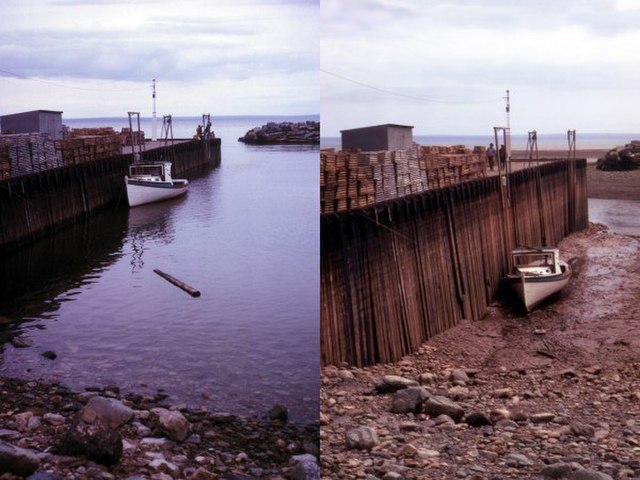The aphotic zone is the portion of a lake or ocean where there is little or no sunlight. It is formally defined as the depths beyond which less than 1 percent of sunlight penetrates. Above the aphotic zone is the photic zone, which consists of the euphotic zone and the disphotic zone. The euphotic zone is the layer of water in which there is enough light for net photosynthesis to occur. The disphotic zone, also known as the twilight zone, is the layer of water with enough light for predators to see but not enough for the rate of photosynthesis to be greater than the rate of respiration.
The migration of bioluminescent organisms from aphotic zone
The ocean is the body of salt water that covers approx. 70.8% of Earth. In English, the term ocean also refers to any of the large bodies of water into which the world ocean is conventionally divided. Distinct names are used to identify five different areas of the ocean: Pacific, Atlantic, Indian, Antarctic/Southern, and Arctic. The ocean contains 97% of Earth's water and is the primary component of Earth's hydrosphere, thus the ocean is essential to life on Earth. The ocean influences climate and weather patterns, the carbon cycle, and the water cycle by acting as a huge heat reservoir.
Pacific Ocean side, Apollo 11, July 1969
Praia da Marinha in Algarve, Portugal
The ocean is a major driver of Earth's water cycle.
High tide and low tide in the Bay of Fundy, Canada.





